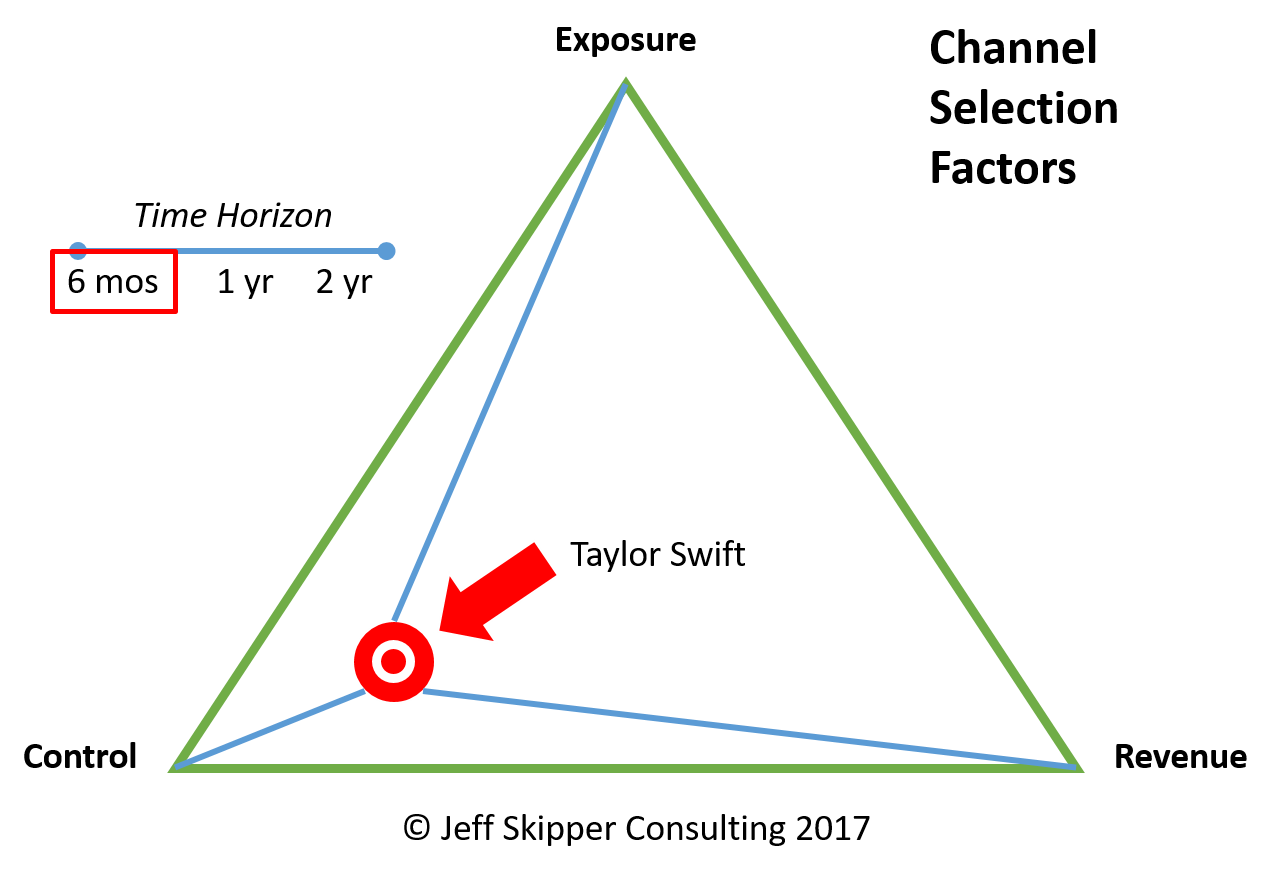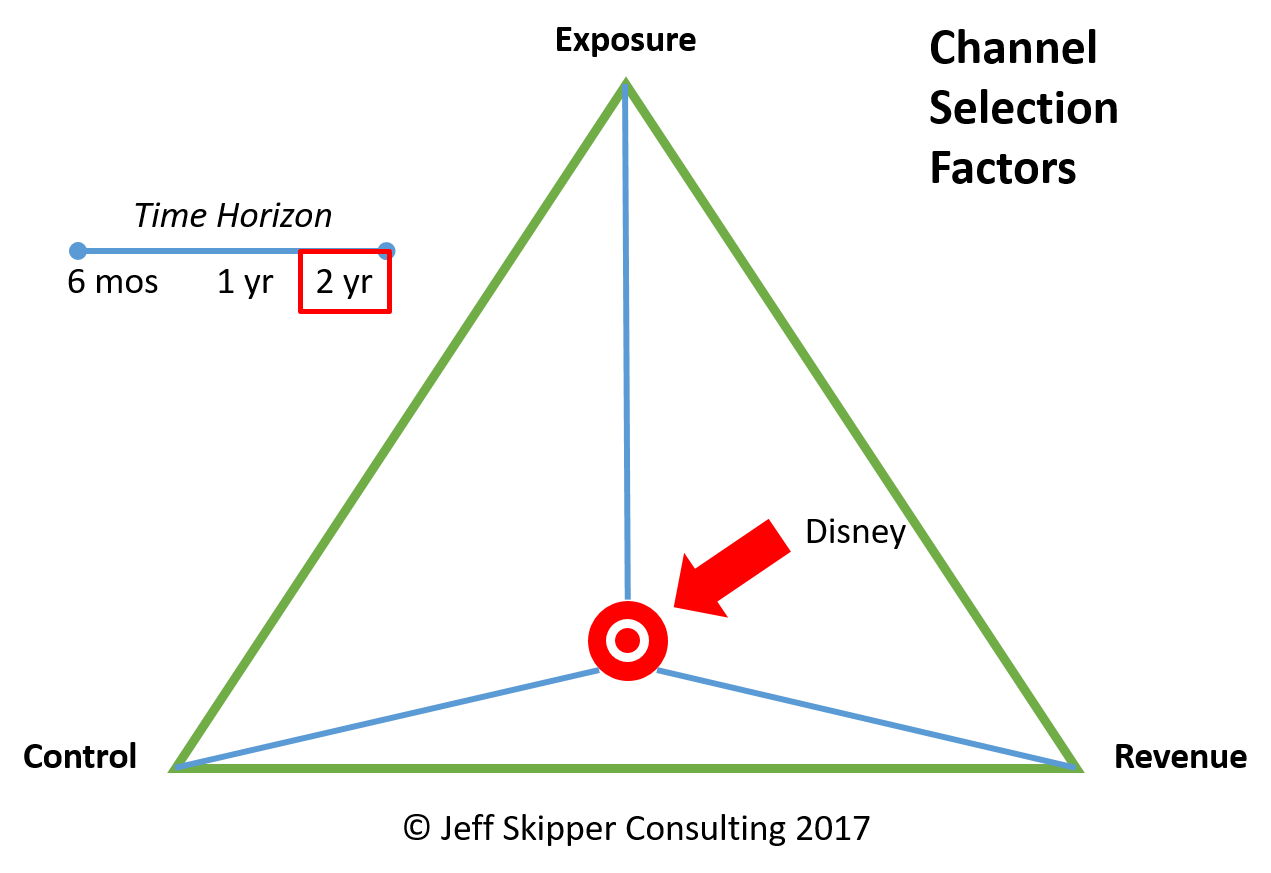I hate the fact that shows like Arrow and SHIELD aren’t available on the Canadian version of Netflix. And why aren’t my favorite Swedish bands on iTunes? Selecting and managing channels for products and services is a critical task for every business, whether on the global stage or in local markets. How do you choose?
Under the Microscope:
- Nike recently announced it will sell some products via Amazon.
- Disney will exit Netflix and compete with them by starting its own streaming service.
- Taylor Swift returned to Spotify, making her catalog available for streaming.
Factor #1: Exposure
You can’t sell anything until you get people’s attention. Flyers are a cheap, but ineffective option today. Nike achieves great consumer reach by selling via Amazon with the added bonus of strong brand name partnership. Amazon sells a lot of clothing. Adding shoes to a shopping cart is logical for consumers.
For Disney, delivering content via Netflix amounts to cannibalizing their own capabilities. As a media company with a successful Disney Channel and tons of content, delivering via streaming is a no-brainer. They have myriad ways of marketing the service. Netflix does not offer them much.
Exposure doesn’t factor in for Taylor – she didn’t need Spotify to crush the charts with 1989. She has other effective channels to build connections with fans. And you can bet she will be monitoring the impact of this decision in the short term.

Factor #2: Control
This is where Taylor Swift has set a clear principle: Artists should be paid for their work. Royalties on Spotify are miniscule. Giving away music is a losing strategy. You might trade revenue off for exposure, but at what cost? She doesn’t really need the money, so this is about principle. It’s about control.
If you bought Nike shoes via Amazon in the past, it was through a reseller. Nike is taking back ownership of its brand with the online retailer, retaining some control by only committing to selling some products on Amazon, preserving exclusives for their direct channel. Smart.
For Disney, exiting Netflix is about content control and revenue, as we will see…

Factor #3 Revenue
Spotify crafted a new agreement allowing artists to pull their music from free (advertising-based) streaming after 2 weeks – enough to ‘try before you buy’. The agreement favours streaming to paid subscribers where artists can make fair returns. Taylor wins.
Disney stands to make a lot more with their own service, advertising at low cost through their parks, hotels, cruises and products. They stand to gain a lot by bringing the service in-house.
On the other hand, the Nike-Amazon agreement has huge revenue potential via a popular and growing distribution channel. Amazon excels at commodity selling and Nike leverages rock solid platform, not to mention the access to valuable consumer data.

Thinking like a Strategist
Three different channel strategies resulting in a channel exit, a new venture, and a return under new terms. All three choices are governed by the same principles. When you need to decide on a new strategy ask yourself.
- Will I lose any control over my product/service?
- What are all the ways this channel can drive revenue?
- Will I reach buyers I have not previously had access to?
Thoughtfully Yours,
Jeff



